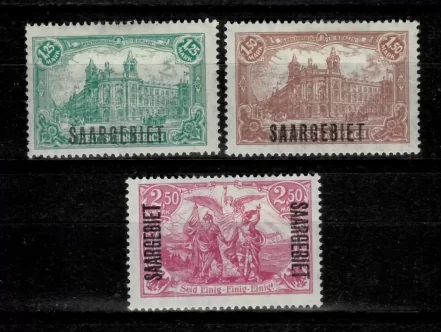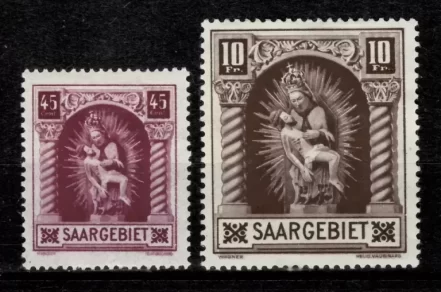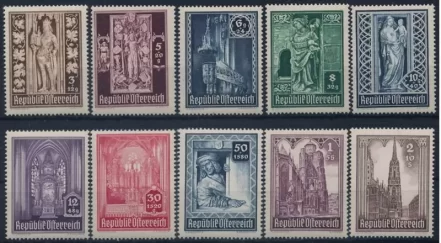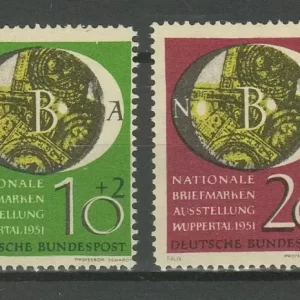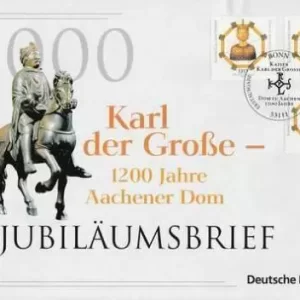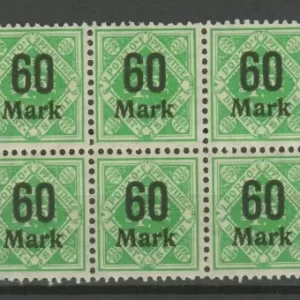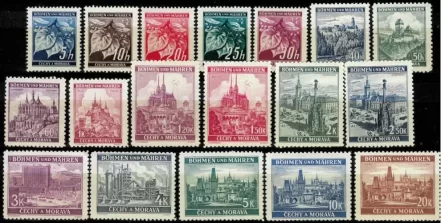The Saarland, or Saargebiet, is an area in southwestern Germany near the borders with France and Luxembourg. After World War I, the Treaty of Versailles placed the Saarland under the administration of the League of Nations, and it was governed by the League of Nations from 1919 to 1935.
Under the Treaty of Versailles, the Saarland’s coal mines were placed under French control as compensation for the destruction caused by Germany during World War I. This arrangement was intended to last for 15 years, after which a plebiscite would determine whether the region would remain under French control, return to Germany, or become an independent state.
In 1935, the Saarland held a plebiscite, and the majority of voters chose to reunify with Germany. As a result, the Saarland was reincorporated into Germany in 1935. This was seen as a significant symbolic victory for Nazi Germany and Adolf Hitler, as it marked the first time that territory lost by Germany in World War I was returned through a plebiscite.
However, this reunification was short-lived, as World War II broke out shortly thereafter. During the war, the Saarland, like much of Germany, was heavily impacted by bombing raids and military operations. After the war, the Saarland became part of the French occupation zone in Germany and was eventually incorporated into the Federal Republic of Germany (West Germany) in 1957.

